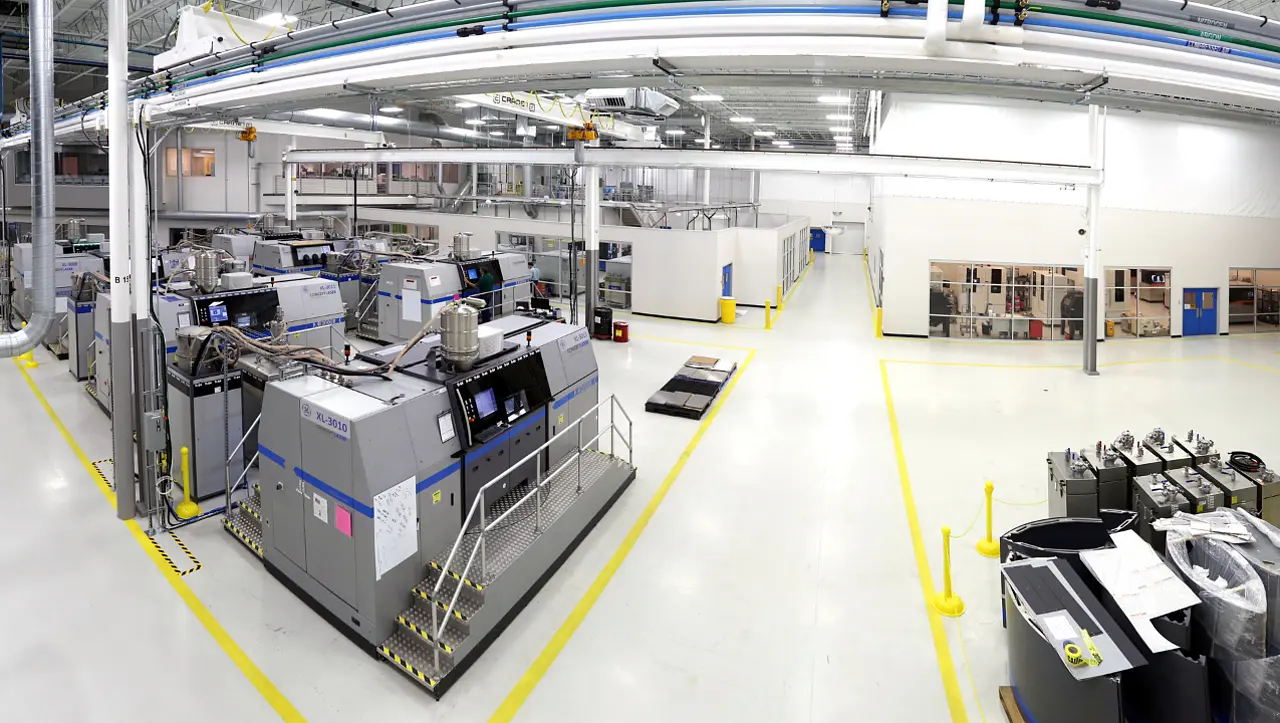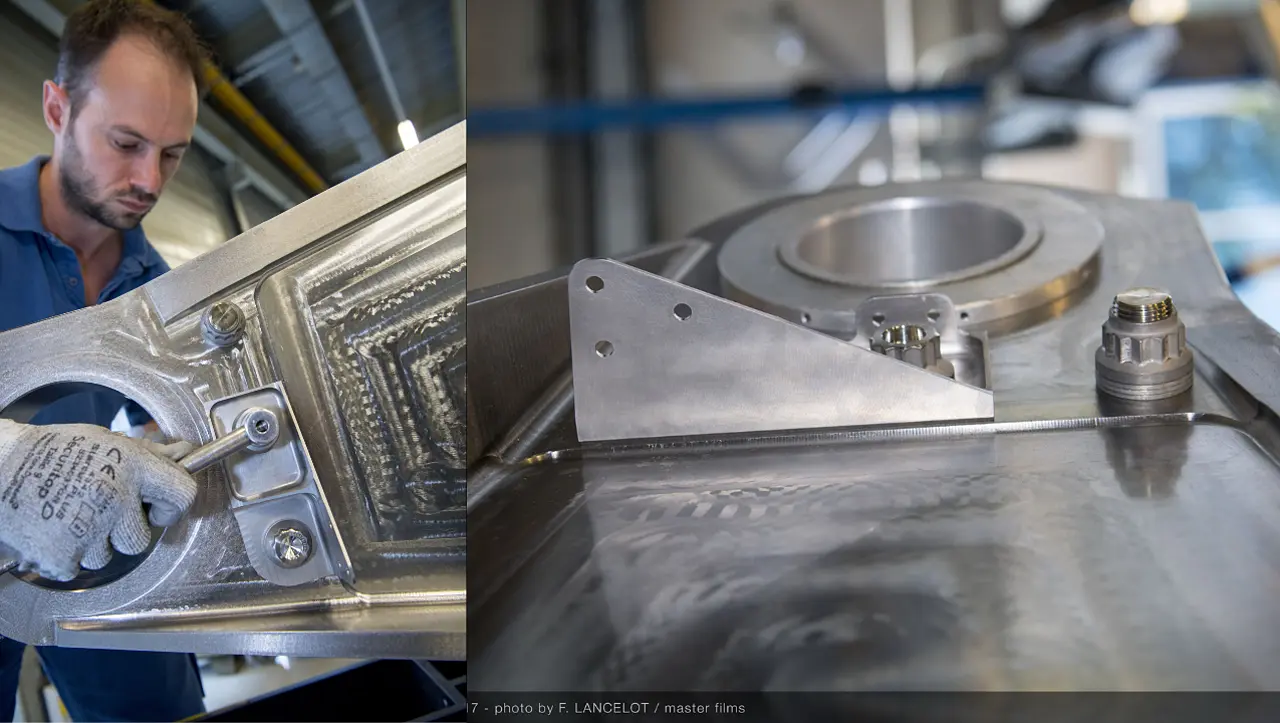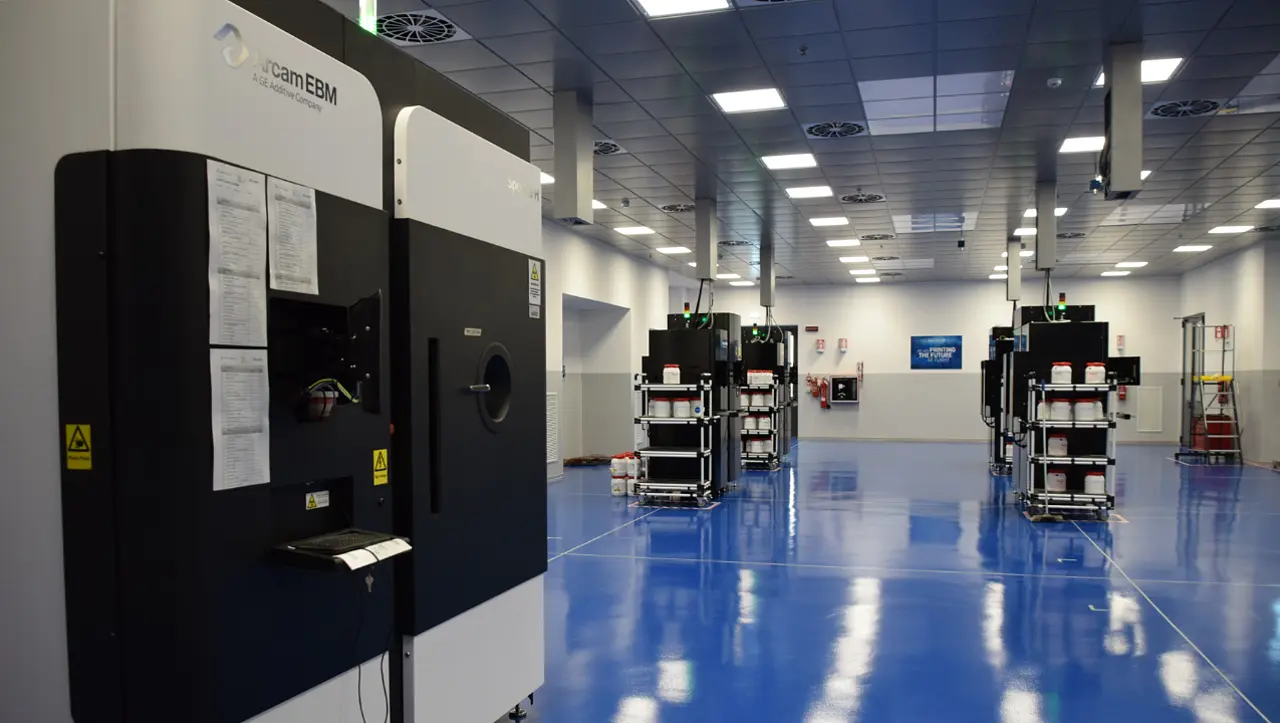
Additive Layer Manufacturing (ALM), also known as 3D-printing, is revolutionising the aerospace industry and its supply chain as they begin to realise the benefits of the technology. 3D-printing allows the design and production of components that could not even be conceived a few years ago, with traditional manufacturing techniques. ALM removes traditional design limitations associated with the manufacturing of aerospace components, allowing engineers to develop the best products and unlock performance improvements hitherto impossible.
Here to stay
ALM itself is relatively new as an engineering field, coming into being in the early eighties when University of Texas undergraduate student Carl Deckard attempted to create a device that would use laser beams and plastic powder to make simple structures in a process called Selective Laser Sintering (SLS). The young man’s innovative approach caught the eye of employees at GE Research, and four decades of investment and research in this field have seen GE emerge as a leader in ALM technology.
Deckard’s makeshift device would use a Commodore 64 computer and early Computer-Aided Design (CAD) blueprints to fuse plastic bits using a laser. Four decades later, GE and its industry partners have taken ALM to the current state-of-the-art process. Here 3D-printers use electron beams as hot as 1,000 degrees Celsius to weld together powders made of materials such as aluminium, titanium, stainless steel and plastics directly from CAD, delivering complex components that are lighter, more durable and can be produced at scale.
After decades of development, GE received US Federal Aviation Administration (FAA) clearance in April 2015 to use a 3D-printed part in a commercial jet engine. GE produced a 3D-printed ‘compressor inlet temperature sensor’ fitted on more than 400 GE90-94B engines powering Boeing 777 jetliners. GE Aviation is now using 3D-printed parts to affect significantly its Catalyst advanced turboprop engine, which uses a dozen 3D-printed parts compared to 855 separate components needed on a previous generation engine. For its GE9X, which is the world’s largest jet engine, seven 3D-printed components have replaced 300 engine parts.

Lighter and better
Reducing the weight of their products remains a constant battle for aerospace manufacturers and OEMs seeking ever-increasing gains in efficiency, range and payload on their aircraft. According to Airbus, ALM can deliver parts with weight savings of up to 55% while reducing raw material usage by up to 70%. This makes ALM technology indispensable to the aviation industry’s decarbonisation initiatives as a weight saving of 1kg reduces CO2 emissions by 25 tonne over an aircraft’s lifespan.
Airbus installed the first European Union Aviation Safety Agency (EASA) approved titanium 3D-printed part on a serial production aircraft in September 2017. The additively manufactured bracket is part of the aircraft pylon, the junction section between wings and engines. The airframer has achieved remarkable results using an additively manufactured locking shaft on A350 doors. Here the number of parts was reduced from ten to one, along with a 45% reduction in weight yet with the same robustness. Sixteen door shafts are installed on each A350, and the weight savings with 3D-printed door shafts were more than 4kg. Airbus also achieved production savings of 25% due to reducing assembly time and material usage.
Airbus A320neo jetliners powered with CFM LEAP engines use additively manufactured fuel nozzles with engine maker CFM International, having received more than 12,000 orders for these nozzles. Six hundred fuel nozzles are now printed every week by GE. The walnut-sized fuel nozzles are produced as single piece 3D-printed parts compared to the earlier complex metallic fuel nozzle, which had 20 different components.
Production at scale
GE’s Cameri site is operated by Avio Aero, a GE Aviation company and makes arm-sized engine turbine blades for the GE9X. Located in Italy, the Cameri site is one of the world’s largest 3D-printing factories filled with fridge-sized 3D-printers.

The manufacturer of these 3D-printers, Arcam, was acquired into GE’s Additive business in 2016. Before 3D-printing, these complex turbine blades were manufactured using casting or forging processes. However, titanium alloys are difficult to work with and tend to become brittle and require costly tools for their manufacture. Now, the turbine blades, which need to rotate at 2,500 RPM are additively manufactured using Titanium aluminide (TiAl) powder. Using a GE developed software blueprint, the Arcam printers can build several of the 40-centimetre-long blades within a couple of days. GE is expanding the Cameri facility to 26,000 square feet to meet its production goals of 60,000 turbine blades a year by 2023.
For large scale adoption of 3D-printing in aviation, the industry will need to develop processes, handling methods and certification standards for thousands of copies of the same part to be produced consistently. This is especially critical considering the global nature of the aerospace supply chain. The redesign of existing parts on current aircraft platforms will also emerge as a huge market for additive manufacturing. The key here will be staying true to the design drawings approved by the original certification authorities, as recertification costs will be prohibitively expensive. The shift towards 3D-printing presents a strong business opportunity for firms willing to stay invested as this technology graduate towards process maturity for larger aerostructures and safety-critical components.

